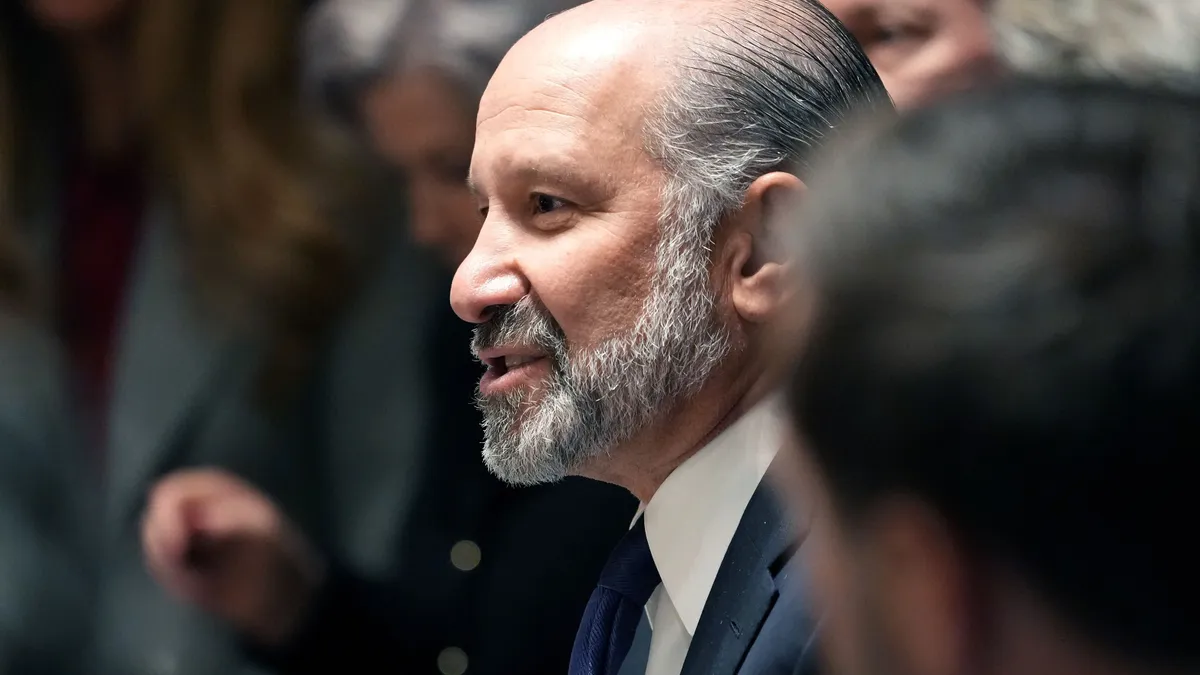Editor's Note: This article is part of a series on perfecting last-mile delivery. All stories in this series can be found here.
The last mile is extremely inefficient. It is the final frontier of logistics, a cost so habitual yet burdensome to supply chains that it begs for futuristic ideas, e.g. drones, flying warehouses or self-driving cars, to capture our imaginations.
Such dreams of a seamless delivery experience are hardly new. The United States Postal Service has been trying to perfect its process for centuries; and United Parcel Service (UPS) and FedEx, for decades. Only now, the digital age has pulled last-mile delivery to the forefront of retailers' minds as e-commerce and the Amazon effect require them to offer fast and free delivery, or become uncompetitive.
Consequently, the industry returns to an age-old question: How can we perfect this process? Except this time, the technology and intent to do so may finally be in alignment.
What is the last mile?
Last mile delivery is all that is seen, but not thought of, in the daily urban or suburban space.
A walk through Washington, D.C.'s Chinatown is a case in point. Amid the blaring sirens and sidewalk concerts are an orchestra of trucks and vans, moving products for end consumers’ benefit. Look left on H Street, and you may see a UPS driver carrying a box of wine to a nearby office suite. Look right, and a US Foods truck may be delivering ingredients to a nearby restaurant. A missed delivery, meanwhile, could mean lost sales or an less-than-happy hour at the office.
More simply, last-mile deliveries encompass any movement of freight or products between a distribution center and the point at which the end consumer will receive it. That could be a retail store, a restaurant, a rural home, a high rise or a carrier-designated pickup station, such as the UPS Store or an Amazon locker.
Each last-mile delivery connects, depends on and is relied upon by various stakeholders in the supply chain.

Supply Chain Dive
"The final mile delivery when it comes to end consumer delivery is really supplying that end consumer with the experience that they're looking for,” says Louis DeJianne, UPS’ director of marketing for consumer goods, apparel and retail.
This process is not limited to parcel services, either. While the most prominent in e-commerce may be business-to-consumer sales (B2C), business-to-business (B2B) sales continue to form an important sales segment for most carriers.
"There’s a big difference between B2B and B2C freight when it comes to last mile,” says Jim Monkmeyer, president of transportation for DHL Supply Chain in North America. “Also, in the B2C realm, you've got freight deliveries, you've got parcel and probably everything in between."
In other words, all last-mile deliveries are not necessarily alike. However, given the nature of the process – requiring an individualized, often urban mode of transportation – most deliveries suffer from the same problems, which have earned the process infamy for its inefficiency.
Why is last-mile delivery considered inefficient?
Last-mile delivery, and the problems associated with it, have always been ubiquitous. The largest issue, however, lies in the cost of transporting individualized shipments to distinct, often unreliable destinations through constantly changing routes.
“[As a shipper] trying to define how I move my goods to the end consumer, I want to try and do it on the cheapest mode possible,” says Patrick Boyle, a principal at Chainalytics. Unlike all other modes of transportation – ocean, rail, air and truckload – parcel and LTL services do not have set routes (from port to port), or even the certainty of a single destination.
In addition to uncertain routes, higher opportunity costs follow lower volumes. "Creating a delivery density is the challenge [for last-mile companies]” Boyle adds. “They're trying to consolidate parcels at a point where people would be maybe you know a lower rate to pick up or drop off.”
The final mile delivery when it comes to end consumer delivery is really supplying that end consumer with the experience that they're looking for.

Louis DeJianne
Director of Marketing for Consumer Goods, Apparel & Retail, UPS
Carriers delivering to the final mile must also deal with a level of unpredictability in transit and customer availability, particularly in the e-commerce space. Customers not available at home, package theft, urban congestion and rising expectations for guaranteed, two-day delivery or omnichannel options aggravate the already existing challenges.
Last-mile delivery must be perfected. “When that package is delivered, that package being delivered is still an extension of your brand,” DeJianne adds. A bad experience, therefore, may directly impact future sales.
Perfecting the last mile
As the demand for final-mile deliveries grow, and fulfillment timelines continue to tighten for both consumer and business deliveries, perfecting the last mile has become even more important.
In many ways, each last-mile delivery connects, depends on and is relied upon by various stakeholders in the supply chain. Carriers and shippers’ marching orders are a seamless customer experience, and it takes both of their active efforts — plus proper infrastructure and technology — to deliver on that promise.
Fortunately, cities, shippers, logistics and technology providers alike appear to be eagerly addressing this challenge.






















